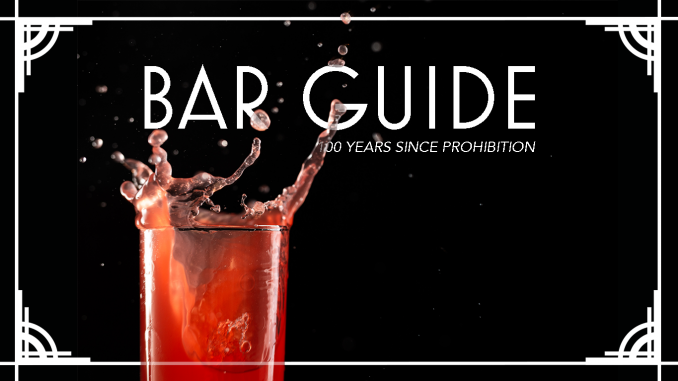
History behind hidden doors
Our Features Editor describes why she chose to explore Prohibition’s effect on the city 100 years after the law was implemented.
One hundred years ago, the 18th Amendment, which banned the production and sale of alcoholic liquors, was just taking effect. It would be the start of a 13-year-long ban that caused Americans to find their own means to make and consume booze, creating the infamous ideas of the liquor-running bootleggers and speakeasy-dwellers we know today.
In our annual Bar Guide issue, The Temple News chose to commemorate the 100th anniversary of Prohibition’s implementation by talking to historians about how it affected the city, and what still lingers today.
We explored the idea of a “modern speakeasy,” or current hidden Prohibition-era-influenced bars. From an unlabeled bar with 1920s jazz music to basement bars named after money-laundering joints, we feature unique places in the city you wouldn’t know exist from street view. On top of that, we also took a look at the drinks themselves, outlining the differences in gin and moonshine production from Prohibition to today, and compiling a list of many popular 1920’s cocktails.
Philadelphia’s bar scene has been influenced by Prohibition, and traces of this era may remain on Temple University’s campus, too.
In Fall 2018, a group of students found evidence possibly connecting the Temple-owned Alfred E. Burk Mansion on Broad and Jefferson streets to illicit booze distribution, said Graydon Dennison, a second-year United States history and foreign relations Ph.D candidate.
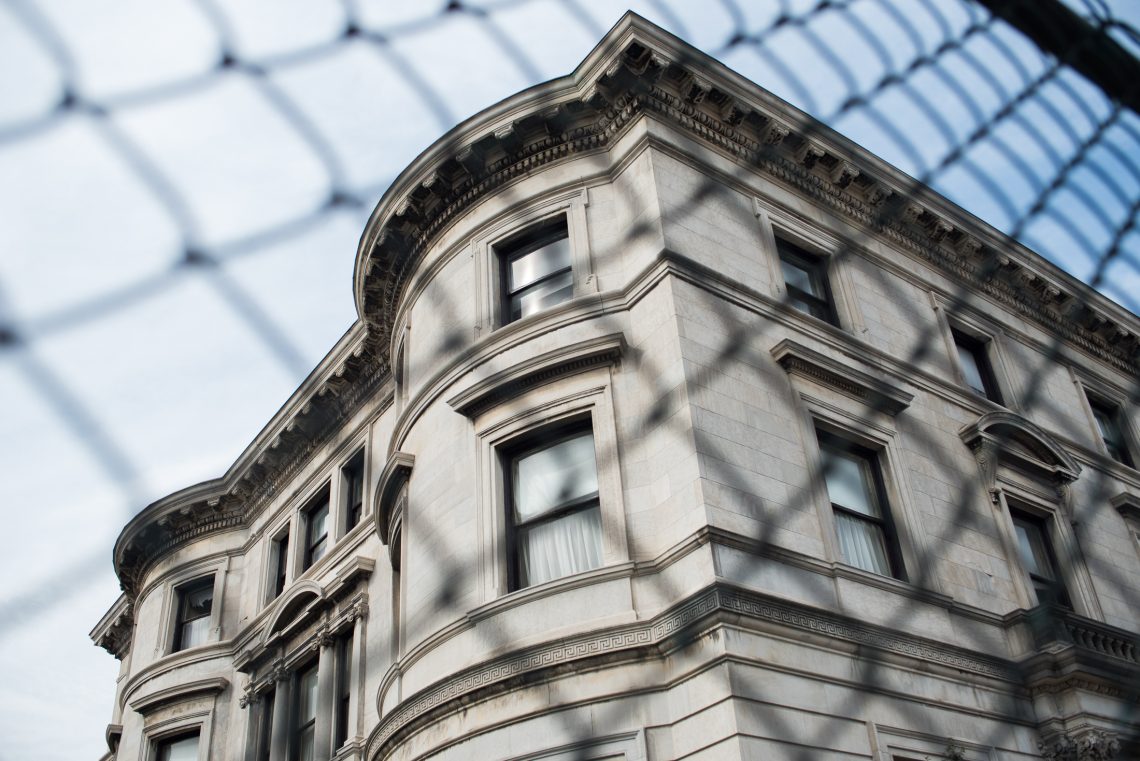
The group came across a 1920s fire insurance map of the neighborhood which showed a nearby building to the mansion that was labeled “club.” They toured the mansion and saw a basement door leading into a few-feet high space they believed to be a tunnel, and later found a Philadelphia Evening Bulletin article from the time that alleged Burk to be involved in rum-running, Dennison said.
In creating this issue, I was able to explore a speakeasy-themed bar in West Philadelphia where I found a drink that came from my friend’s brewery near my hometown in Minnesota. I hope as readers of this issue, you not only take away new knowledge of Prohibition but also consider how events from a century ago may still impact your life today.
Sincerely,
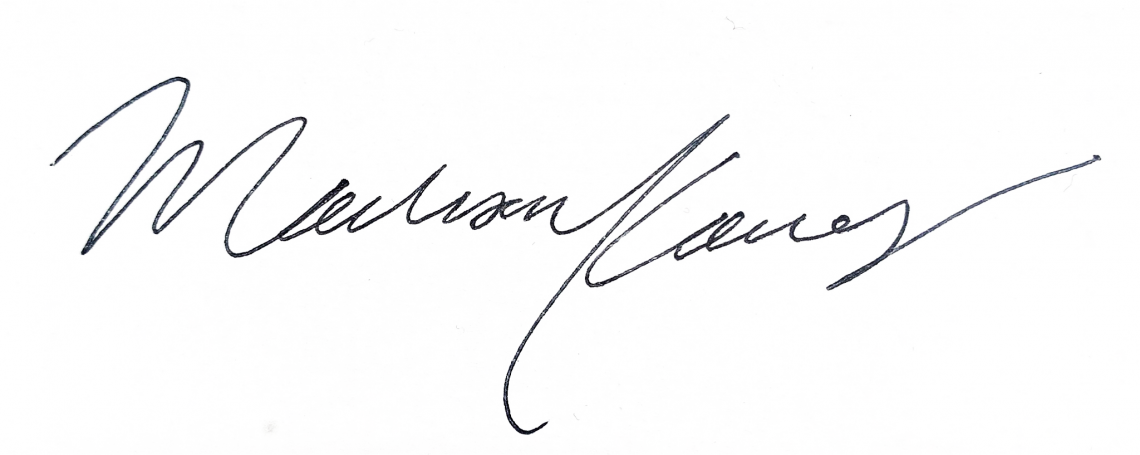
Madison Karas
Features Editor
Philadelphia was 'wet as Atlantic Ocean' in 1920s
At the ban’s beginning, the city was home to 1,700 saloons. A decade later, there were still 1,200 operating.
By Asa Cadwallader
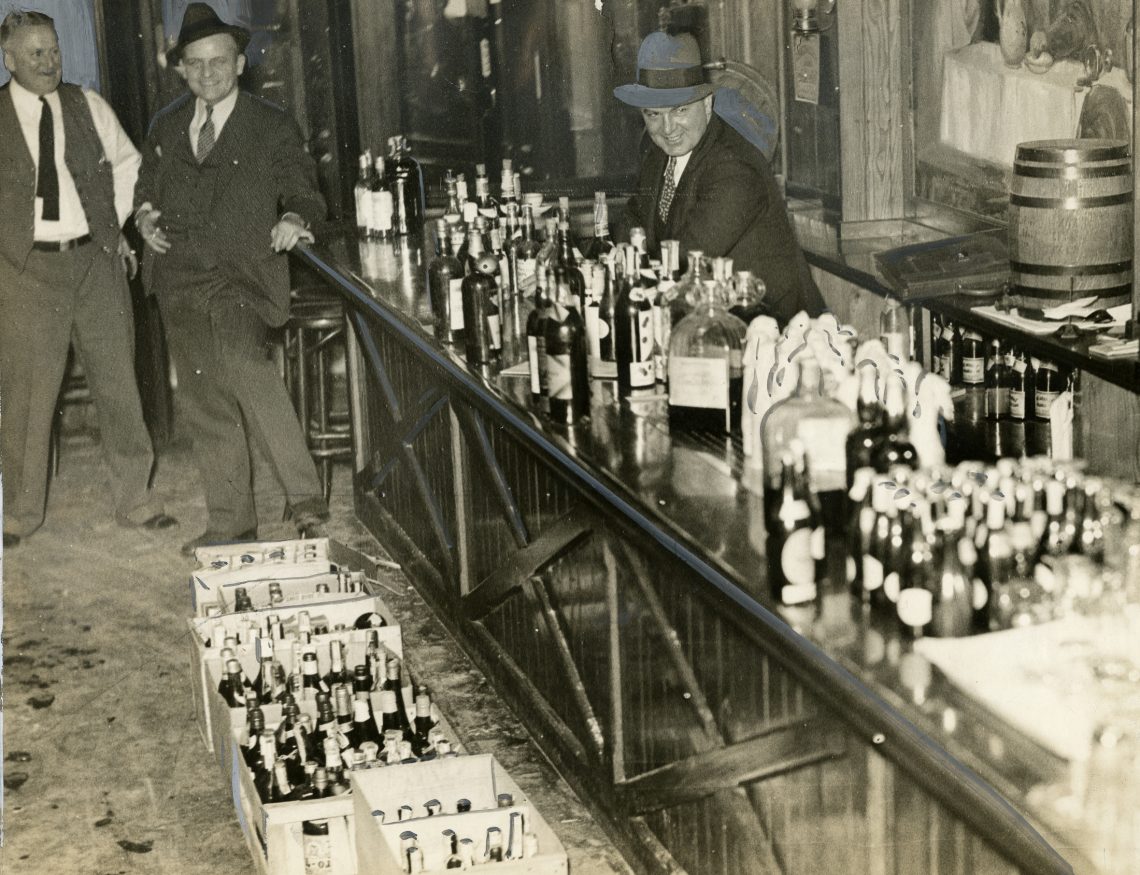
WHAT'S THE PASSWORD?
The Temple News breaks down some of the popular drinks from the 1920s.
By Ayooluwa Ariyo and Bibiana Correa

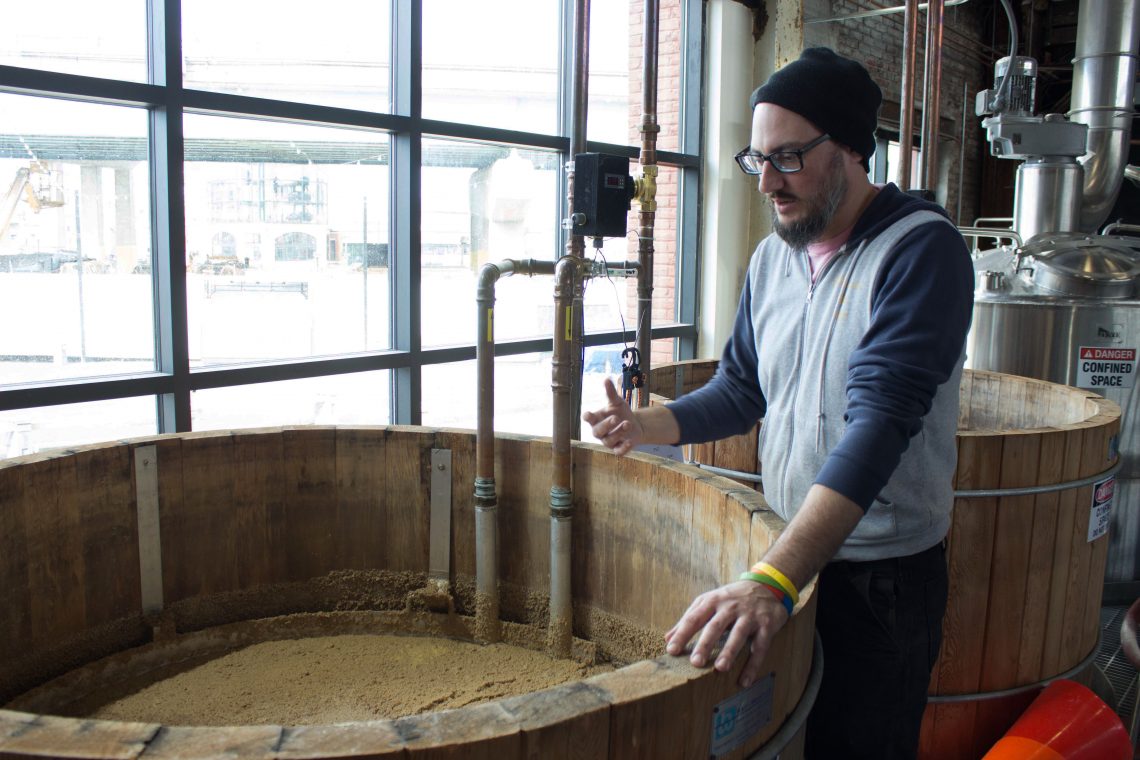
Craft distillery’s gin honors the ‘American story'
Philadelphia Distilling’s Bluecoat Gin is named after soldiers’ uniforms in the Revolutionary War.
By Ayooluwa Ariyo

Once-illegal drink finds it’s way to bars, distilleries
During Prohibition, bootleggers smuggled moonshine in the city. Today, several bars produce it.
By Melvin Saravia
Unlabeled bar supports small brewers, distillers
A second-floor bar hidden above an Ethiopian restaurant features more than 150 kinds of beer.
By Madison Karas
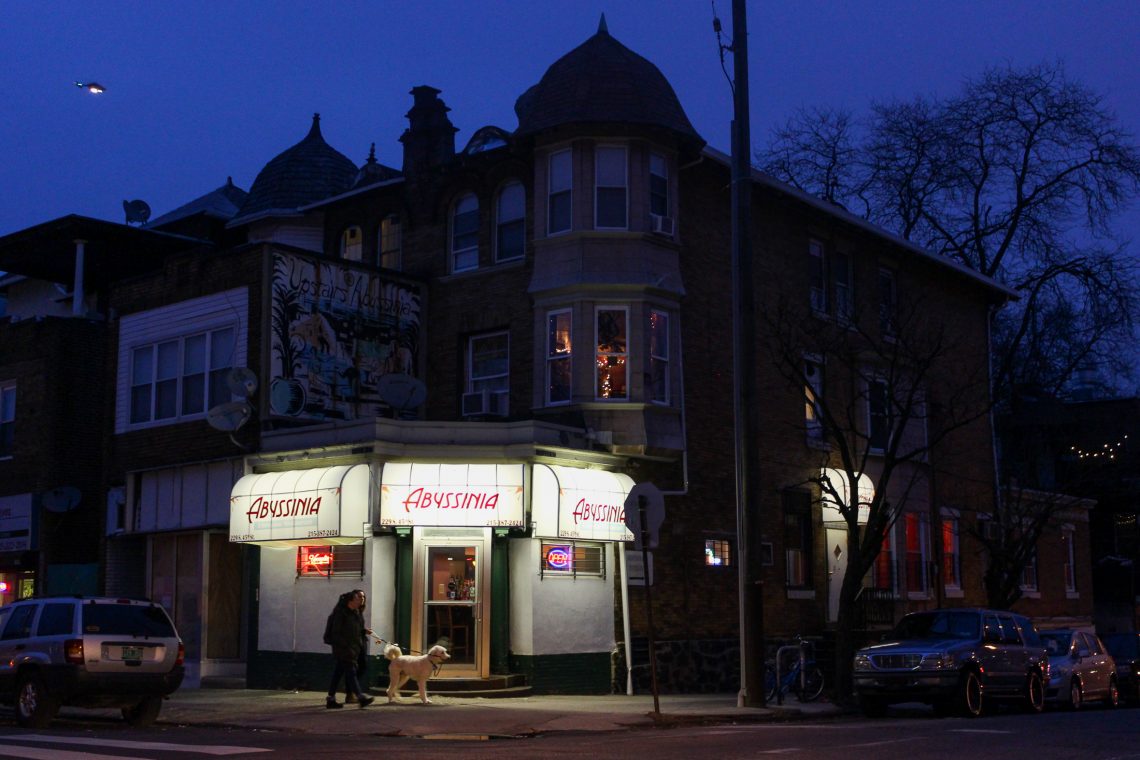
Hidden bar features changing cocktail menu
The Franklin Bar is named after a former money-laundering and bootlegging space in the 1920s.
By Yu Chen
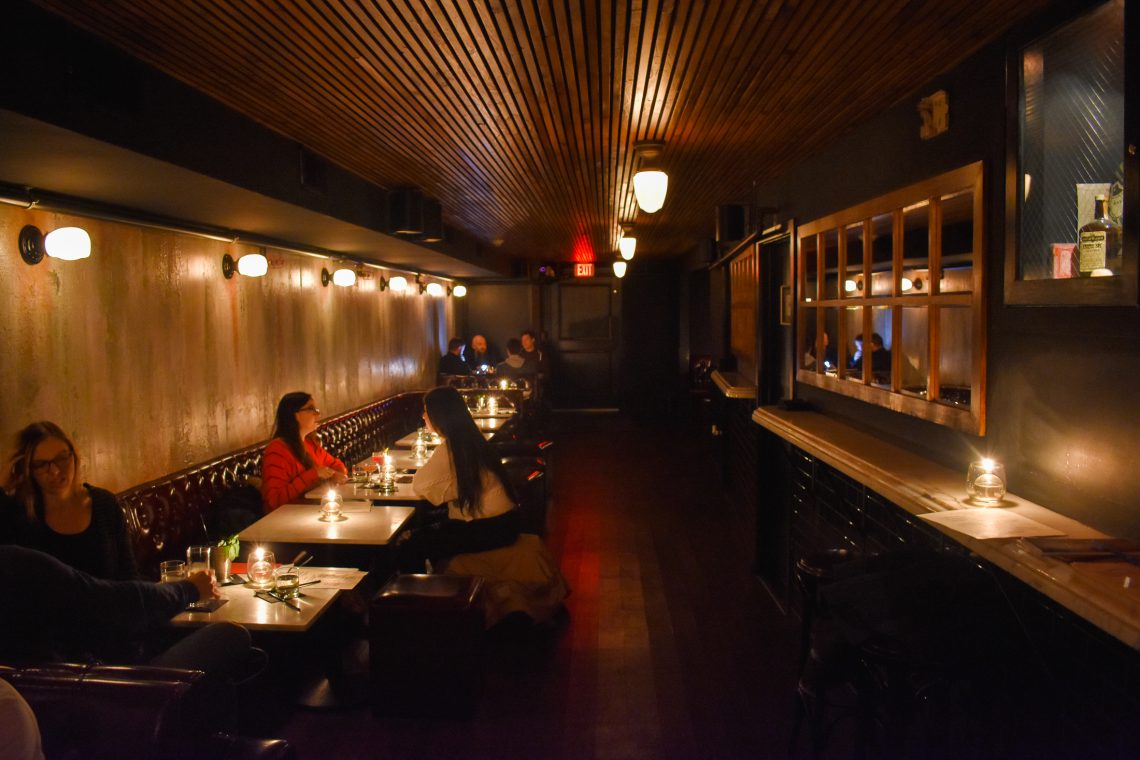


Be the first to comment